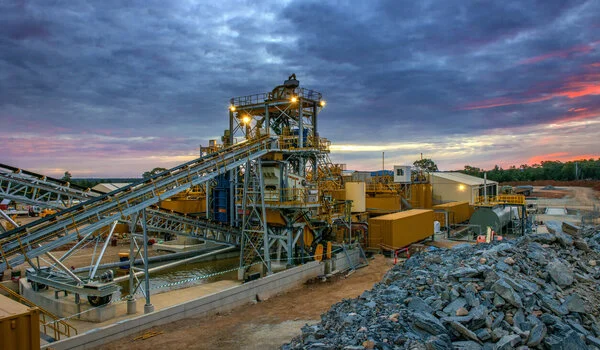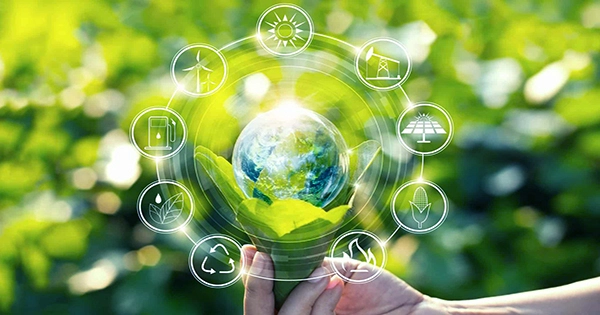Mining waste refers to the waste or leftover material that is generated during the process of extracting minerals and metals from the earth. This waste can take many forms, including rock, soil, tailings, and other materials that are not needed or wanted by the mining operation.
Mining waste can have a significant impact on the environment and human health. Some of the most common issues associated with mining waste include soil and water contamination, habitat destruction, and health problems caused by exposure to toxic substances.
The environmental impacts of mining waste can be significant, as it can pollute soil, water, and air, and can harm ecosystems and human health. Some common impacts include soil erosion, water contamination, and the release of harmful gases and dust into the air.
Some of this waste is inert and will cause no harm to the environment. Mining waste, on the other hand, can contain large amounts of hazardous substances such as heavy metals. Metal and metal compound extraction and processing can result in acid or alkaline drainage.
Furthermore, tailings management is risky, as it frequently involves residual processing chemicals and elevated metal levels. Tailings are frequently deposited in heaps or large ponds surrounded by a dam. These can fail, resulting in disastrous consequences and long-term effects on human health, the economy, and the environment.
Mining waste management will also ensure the long-term stability of disposal facilities. It will prevent or reduce water and soil pollution caused by acid or alkaline drainage and heavy metal leaching.

Prevention
To minimize the impact of mining waste, many mining companies are implementing strategies to reduce the amount of waste generated during the extraction process. This can include the use of more efficient extraction techniques, recycling of materials, and responsible disposal of waste.
To mitigate the negative impacts of mining waste, various measures can be taken, including the use of more efficient mining methods, the adoption of best practices in waste management, and the implementation of strict regulations and monitoring. Additionally, efforts can be made to recycle and reuse mining waste, and to develop new technologies for the safe disposal and treatment of this waste.
In addition, governments and regulatory bodies often impose regulations on mining operations to ensure that they are responsible for the proper management and disposal of waste materials. These regulations may include requirements for monitoring and reporting on waste management practices, as well as penalties for non-compliance.
















